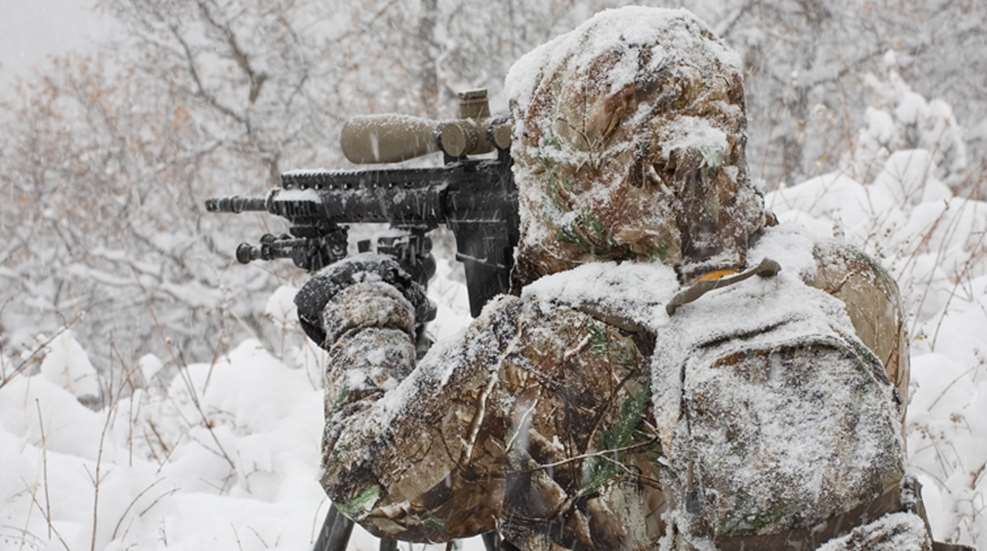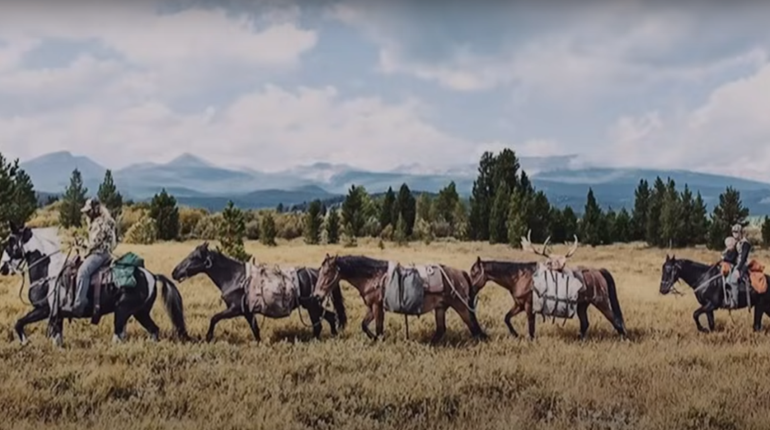
Exposure to extreme cold will injure unprotected skin in minutes rather than hours. It will bring on debilitating hypothermia as quickly as a half hour if you cannot move and are underdressed. Survivors from a four-hour ordeal may lose fingers and toes and have body parts that will hurt for years afterwards from frostbite. If you are wet, immobile, unprotected and dehydrated, a temperature of 60 degrees Fahrenheit with a high wind can kill you before hunger or thirst. Should you find yourself stuck outside in cold weather longer than you intended, your goals are to get to a friendly environment without cold-related injuries.
Health and fitness, clothing, shelter, food, water and gear are the "friends" that protect you from the cold. Your "enemies" are low temperature, wetness, wind, immobility, alcohol and time.
The following tips pit your friends against your enemies:1. Get in shape. Preparing to spend time in the cold requires legs used to walking on the kind of terrain you will visit, while bearing the weight of your gear. Work up to two or three one-hour brisk walks a week with a weighted backpack. "Brisk" means 15-minute miles. Your strong quads, glutes and hammies become furnaces when they work, and will keep you warm while they carry you to safety. That capacity alone arms you against a wide variety of cold weather surprises. For example, you can get to a road 8 miles away in a few hours, and the exertion will keep you warm enough in many conditions. If you’re immobile, do exercises to keep warm.
2. Wear or carry clothing for the temperature: hat, scarf, coat, trousers, boots and mittens. Beneath those have two to three layers you can take off and put on easily. Carry one layer too many in your pack. In colder temperatures, only mittens will protect your hands. In extreme cold, keep your skin covered as much as possible. Military ECW Vapor Barrier Boots, black or white are the only ones I can recommend for extreme cold weather. Wear inner layers that promise to wick water away from your skin.
3. If your environment is cold/wet, trees will "rain" on you at midmorning, running streams won’t freeze solid, and your body will melt snow. A 45-degree rain is deadly. Wet inner garments drain body heat quickly. Protect yourself either with waterproof outer clothing or a light waterproof poncho/anorak to put on when it rains. Water over the top of your boots constitutes an emergency.
4. If you can help it, never sweat. If you are wearing good long underwear and a well-insulated coat over a fleece sweater, a brisk walk up a slight incline will have you sweating in 10 minutes. Strip down before you work, put your clothes in your pack and then warm to the task. When you stop, put clothes back on gradually as your body cools down.
5. Stay hydrated. In a cold/dry climate, you lose as much water as in the desert. When you are dehydrated, your body can’t fight off the cold as well, and you may not be thirsty. You won’t notice the symptoms, so drink water on a schedule. Do not drink alcohol. It makes you urinate more while making your skin lose more heat. If your urine is dark, drink a quart of water, because you’re already dehydrated. Melting snow is inefficient, but may be all you have.
6. Lift your toes. If you can’t feel the tops of your boots, warm up immediately.
7. Eat. All body heat comes from fuel.
8. If you get wet, get warm and dry as fast as you can. Carry dry socks, mittens and your extra layer in sealed plastic. Be able to start and maintain a fire, and be able to build a shelter.
9. Stay off the ground and out of the snow. Don’t try a snow cave unless you’re trained.
10. Double your vigilance against falls. You need your mobility.
Bonus: Gear List
My recommended extreme cold-weather gear: backpack, metal cup with bail or handle, surplus poncho, multi-tool, 20 feet paracord, 20 feet utility cord, two butane lighters (one in pocket), LED flashlight, extra batteries, dry clothing in sealed plastic, one or two 8-hour candles, two large garbage bags, 4 quarts of water, two boxes of protein bars (pemmican is better). For me, this totals out to 20 pounds.
Bonus: Quick and Easy Shelter
Here's an excellent emergency shelter: Sit on a stump out of the wind with the poncho on, and put your feet on its edges to make a tent. Hold a lit candle between your boots. (I find that at 20 below zero, I have to blow out the candle after three minutes because I’m too hot.) The candle will dry your clothes and steam will come out the poncho’s neck hole. If you build a shelter, the poncho is your roof. The candle and lighter can start a fire even with damp tinder and wood.






































